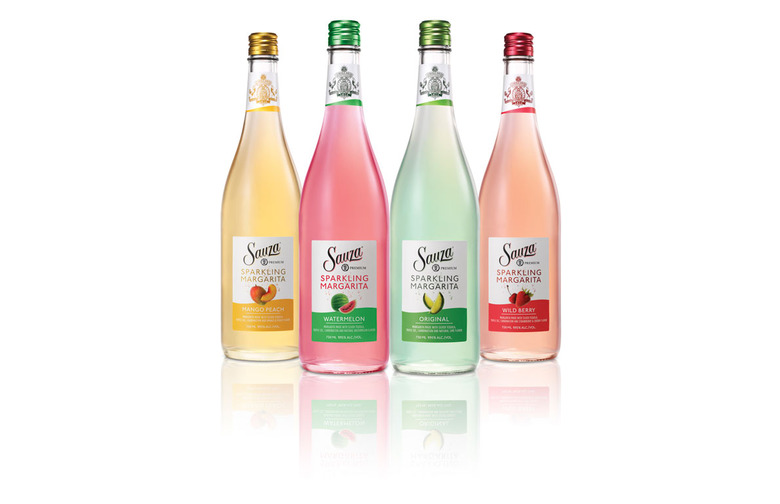Best Champagne Alternatives For A Festive And Affordable New Year's Fête
Stock up on these delicious sparkling — and inexpensive — alternatives to Champagne.
Prosecco
Prosecco is produced in the regions of Veneto and Friuli Venezia Giulia in northeastern Italy. Made primarily of giera (a grape also known as prosecco), it's widely served in Italy because it tastes good and is so affordable. Like Champagne, prosecco varies in sugar content; remember that brut is dryer than extra-dry. All versions are food-friendly, but even the brut version may seem a bit sweeter than its French counterpart. A small amount of prosecco undergoes its secondary fermentation in the bottle, Champagne-style, but most is fermented in tanks, which explains in part why it is less expensive than Champagne. The fruitiness and vibrancy of the grapes comes through vividly in a good prosecco, and it mixes really easily with fruit juices, purées, and even other liquors and liqueurs. Try mixing a $55 dollar bottle of Champagne with Midori and a Frenchman just might send you to the guillotine. Enrico Brut ($10) is a great prosecco that tastes crisp, lively, and bright. Other favorites include Carpene Malvoti, Lunetta from Cava, Mionetto Prosecco di Valdobbiadene Frizzante, Zardetto Prosecco, and the widely popular Cupcake Vineyards Prosecco, all ranging from $10-15.
Sparkling Margarita
Margaritas are usually associated with the summer, but there is no reason you can't shake things up with a ready-to-pour sparkling margarita on New Year's Eve. They satisfy everyone's craving for something bubbly, but also bring something more festive to the party. Brands like Sauza and Skinnygirl offer varieties of sparkling margaritas in tasty flavors like watermelon, classic lime, mango peach, and wild berry, so you can offer a variety of drinks without breaking the bank. Sauza's sparkling margaritas are priced between $10.99 and $14.99 a bottle.
Sparkling Sake
If you thought sake was reserved for sushi, think again. Called happo-shu in Japanese, sparkling sake gets its second fermentation in the bottle, just like Champagne. Unlike Champagne, thought, it's lower in alcohol (around five to eight percent), so it's an easy-to-drink spirit that is easy on the wallet, too. Sparkling sake is available in 180ml–500ml sizes and runs between $4.99–$17.99 depending on size and variety. Some varieties display floral and fruity notes while others are dry and crisp.
Cava
Cava is Spain's sparkling wine, mostly hailing from Catalonia. It was traditionally made using a blend of three local grapes, xarel-lo, parellada, and macabeu grapes, but some modern versions include chardonnay, pinot noir, cabernet sauvignon, and other grapes. Available in white and rosé, or rosado, bottlings, cava is made by the Champagne method (with secondary fermentation in the bottle) but typically costs half of what Champagne does — and is just as delicious, with notable crispness and a smooth finish despite the lively bubbles. Cavas are differentiated based on their level of sweetness, starting with brut nature and moving to brut, seco, semiseco, and dulce. Spain specializes in small plates, or tapas, so if you plan on serving loads of appetizers including cured meats, tomatoes, cheese, salads, crostini, chocolate, fruit and the like, cava, which you can find for $10–12 a bottle, could be for you.
Sekt
Sekt is the German term for sparkling wine. Germany produces over 420 million bottles of sekt a year and their annual per-capita consumption is around five liters (almost seven bottles), so it's no secret that the Germans like their bubbles. About five percent of the annual production is made by the Champagne method using quality grapes; the rest can be variable in quality. Only a small percentage of the sekt produced in Germany is exported, so it may be hard to find in the U.S. If you do locate some, though, which is certainly possible, you won't be spending more than $20 a bottle, and your party will most likely be the first occasion on which your guests have tasted sekt, so be prepared for some limelight.
Deus Brut des Flanders
There is always one in the crowd: the beer drinker who shows up poo-pooing anything that is served in a glass. For this charming guest, have some Belgian Deus Brut des Flanders on hand. Created by the Bosteels Brewery in Belgium with just water, yeast, malt, and hops, it lands somewhere between beer and sparkling wine in terms of of bubbles. Like Champagne, it is refermented in the bottle — and while it may be Belgian in origin, it is actually refermented in France's Champagne region, so you've got another conversation-starter on your hands with this one. It will run around $40 a bottle, so it is more expensive than the other alternatives on the list, but still cheaper than a good bottle of bubbly.
Moscato d'Asti
Moscato d'Asti, wine from the area of Asti in Italy's Piedmont region, made from a variety of muscat grape, is a dessert wine, but that hasn't stopped it from showing up on dinner tables and at bottle-service booths at all hours of the day and night. Drake raps about moscato in "Do It Now," and rumor has it Kanye West is also a fan. If it's good enough for Yezus, it's good enough for you and your New Year's Eve party guests. Its five-to-six-percent alcohol level makes it a perfect day-drinking wine, too, easy to consume while you keep talking and making sense. A bottle of Ceretto Stefano Moscato D'Asti 2012 costs around $20. Saracco Moscato d'Asti is the one West poured at a 2005 listening party, and it runs under $15 a bottle. Cupcake Vineyards makes a version that features bright bruit flavors and hints of peach and lychee. At $9.99, it's a great party pick.
Portuguese Espumante
The wines of Portugal are considered some of the best and most reasonably priced in Europe. This favorite sommelier secret, espumante, or sparkling wine, from Portugal is made by various methods (including the Champagne method) various grapes, including alvarinho, fernão pires, gouveio, moscatel toxo, and others. The best examples tend to be well-balanced, fruity, and aromatic, with good acidity. Expect light straw color with fine bubbles and a fresh flavor enhanced by the fizz. It might take some hunting, but when you find Portuguese vinho espumante, it will be worth it and affordable ($11-19 per bottle).
Sparkling Wine from Australia
When it fizzes and it's not made in the Champagne region of France, it's a sparkling wine. American wine-lovers have been singing Australia's winemaking praise ever since the first cartooned bottle of shiraz hit the shelves. Yellow Tail's bottle of "bubbles" is one that will make almost everyone happy at your party. It's a brand your guests will recognize and have probably consumed before and it's crowd-pleasing crisp finish makes it an ideal pairing for dips, chips, cheese, seafood, fruit, and more. Choose a sparkling white or go with rosé; either way, you won't spend more than $13 a bottle. There isn't much sparkling wine from Tasmania in U.S. retail channels, but the island is considered to produce Australia's finest examples, so if you do find some, expect to pay at leat twice the Yellow Tail price — but you'll likely end up with something special.
